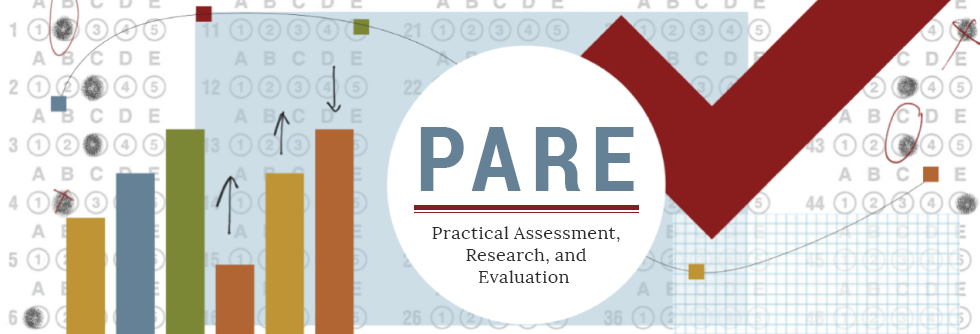What's in a School Grade? Examing How School Demographics Predict School Letter Grades
Abstract
A-F school letter grade systems, currently used in 13 states across the United States (U.S.), are required by federal policy to help states define and label school quality every year along an A-F grading or labeling system. In this study, we explored the extent to which such grades assigned to schools, as based on objective measures including growth in schools’ students’ achievement test scores over time, may reflect school demographics and other, non-achievement-based school indicators. We found that letter grades do indeed reflect school demographics in non-random ways, thwarting the validity of the inferences to be drawn from states’ A-F grade system output. More specifically, we found that school demographic composition (e.g., race, free-and-reduced lunch [FRL] eligibility, and English language learner [ELL] status) strongly predicts school letter grades and differentiate between school grades with a 75% precision rate compared to achievement indicators. This finding is critically more important when consequential decisions (e.g., school funding decisions, of pertinence in the state of focus in this study – Arizona) are attached to A-F grade output.
Keywords: school evaluation, school accountability, student achievement, growth modeling, validity, bias, educational policy
How to Cite:
Pivovarova, M., Beardsley, A. A. & Geiger, T., (2024) “What's in a School Grade? Examing How School Demographics Predict School Letter Grades”, Practical Assessment, Research, and Evaluation 29(1): 12. doi: https://doi.org/10.7275/pare.2039
Downloads:
Download PDF
View PDF
1055 Views
140 Downloads
